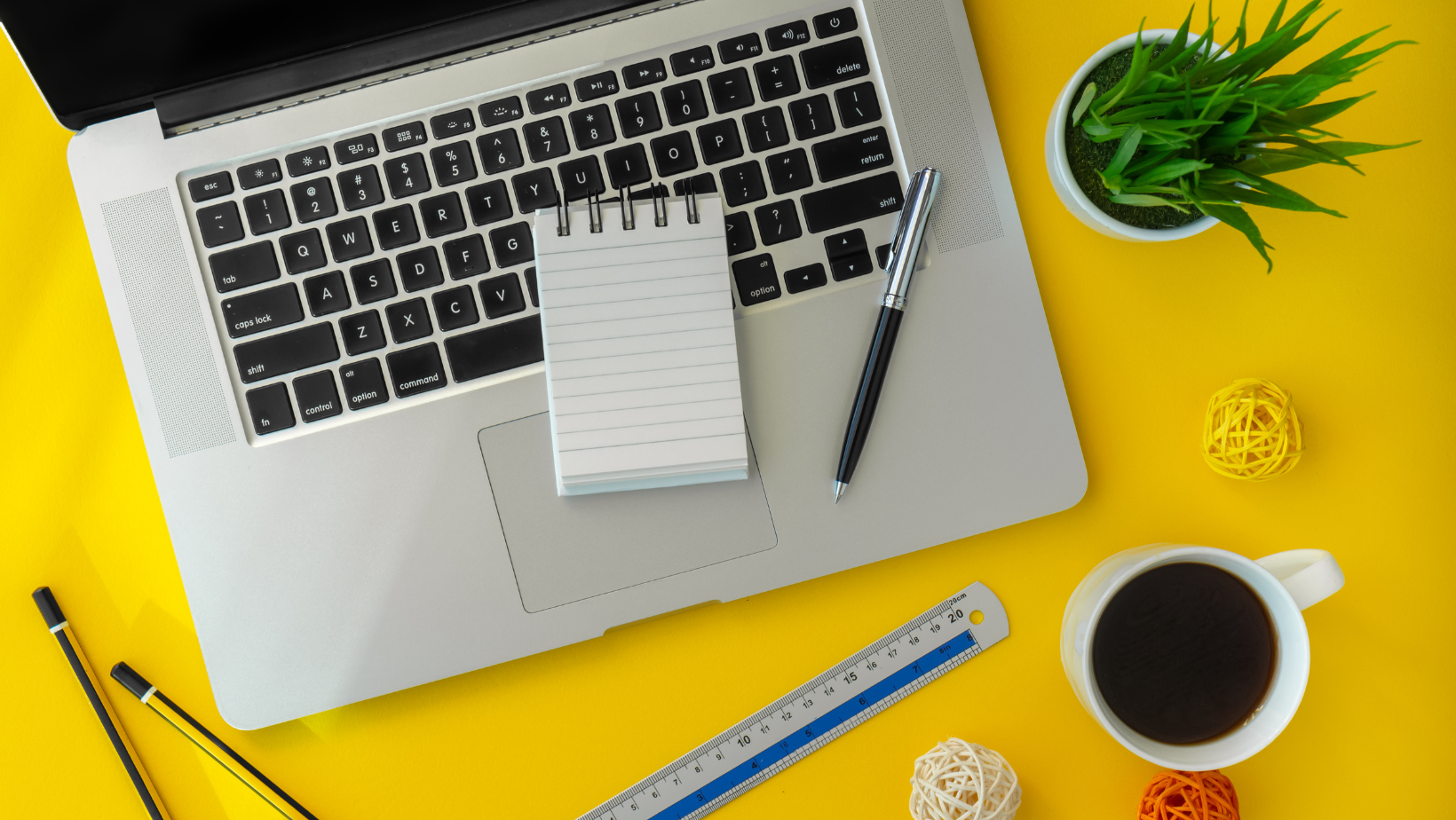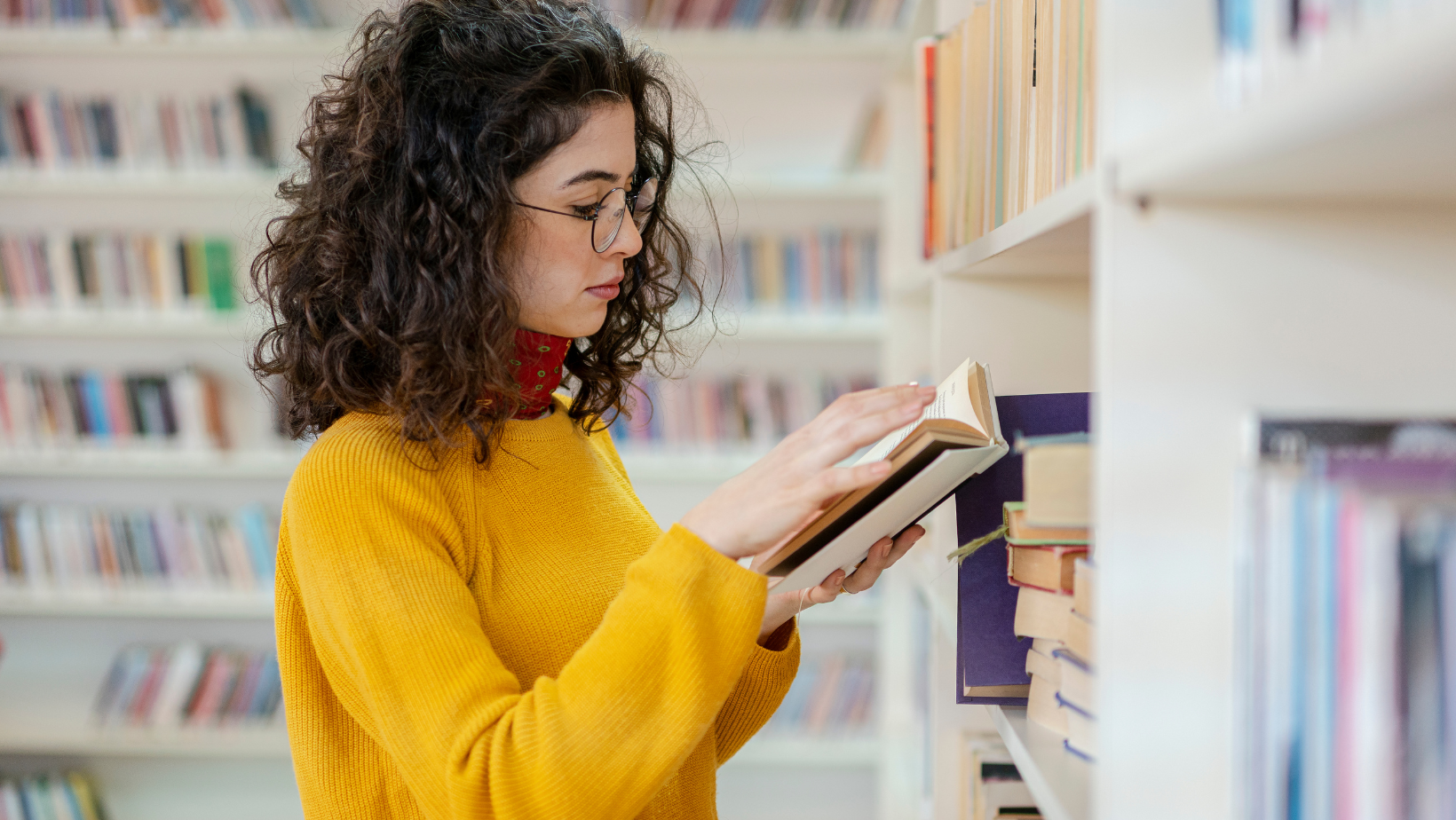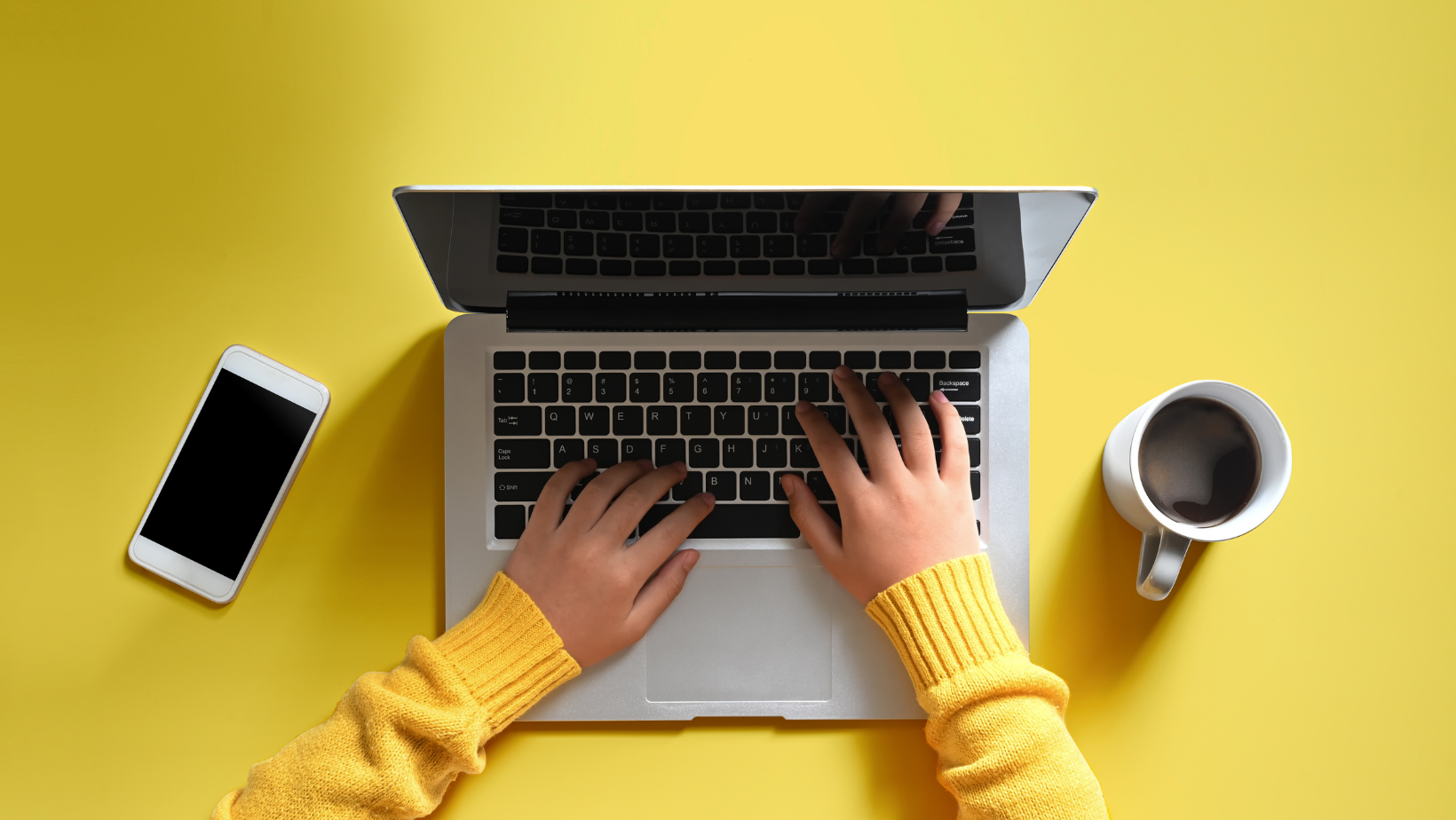In today’s digital age, finding information is easier than ever. But with such a vast array of sources available at our fingertips, it’s critical to be able to evaluate the reliability and credibility of what we’re reading online. Whether you’re a student, educator, or just someone navigating the internet, here are five essential steps to help you evaluate online resources for accuracy and trustworthiness, with examples of trusted sources.
Step 1: Check the Author’s Credentials
Understanding who created the content is key to evaluating its reliability. A credible author will typically have the following:
- Expertise in the subject: Check if the author has relevant qualifications, degrees, or experience in the field they’re writing about.
- Affiliations: Is the author associated with a respected institution, publication, or organization?
- Contact Information: Reliable websites will often provide ways to contact the author or learn more about their work.
Example of trusted sources: Scholarly journals like JSTOR, government websites like NIH.gov, and educational websites like Khan Academy provide clear author credentials and background information.
Step 2: Examine the Website’s Domain and Purpose
The domain of a website often provides clues about its credibility. For instance, domains ending in .edu or .gov are generally reliable because they’re tied to educational or governmental institutions. Be cautious with domains like .com or .org as they can be used by anyone and may have commercial or ideological biases.
Also, consider the website’s purpose: is it to inform, sell, persuade, or entertain? Sites aiming to inform, such as news outlets or academic platforms, typically have more rigorous fact-checking processes.
Example of trusted sources: Websites like BBC (news), National Geographic (informational), or Harvard.edu (educational) are excellent examples of credible sources with clear purposes.
Step 3: Evaluate the Content for Bias
Even reliable sources can have biases. Pay attention to the tone and language used. Are the facts presented objectively, or is the content skewed to support a particular viewpoint? Credible resources will present multiple perspectives and back up claims with evidence rather than relying on emotional appeals or loaded language.
Ask yourself:
- Is there an agenda? Does the author have a stake in the issue?
- Are opposing viewpoints included? A well-rounded source should consider different sides of an argument.
Example of trusted sources: Fact-checking sites like Snopes or FactCheck.org are valuable tools for verifying information and checking for bias. Major news outlets like The New York Times or Reuters strive for balanced reporting but always double-check for any potential slant.
Step 4: Check for Supporting Evidence
Reliable online resources will back their claims with facts, data, or citations from other reputable sources. Look for:
- Citations and references: Are claims supported with links to studies, reports, or expert opinions?
- Data transparency: Is the data clearly presented and verifiable? Watch for vague or exaggerated statistics.
Verify whether the evidence provided can be traced back to reputable institutions or peer-reviewed research. A website that makes grand claims without backing them up with solid evidence should be considered suspect.
Example of trusted sources: Academic databases like Google Scholar or PubMed provide access to peer-reviewed articles and research studies, which are often reliable sources of evidence.
Step 5: Assess the Date of Publication
Information, especially in fields like science, technology, and medicine, can quickly become outdated. Always check the publication date of an online resource to ensure the information is current and relevant to your needs. This is especially important when dealing with fast-moving topics, such as medical research or technological advancements.
Some sources, like historical records or literature, may not require the most current information. However, for most topics, it’s essential to ensure the content is up-to-date.
Example of trusted sources: Websites like CDC.gov or World Health Organization are frequently updated and provide timely information on health and medical topics. Similarly, news outlets like The Guardian or BBC are good sources for current events.
Conclusion: Becoming a Critical Consumer of Online Information
Evaluating online resources for accuracy and credibility requires a critical eye and a methodical approach. By considering the author’s credentials, the website’s domain and purpose, the potential for bias, the supporting evidence, and the publication date, you can become a more discerning consumer of online information.
In a world where misinformation is rampant, these steps will help ensure that the information you rely on is accurate and trustworthy—skills essential for success in any educational or professional setting.






